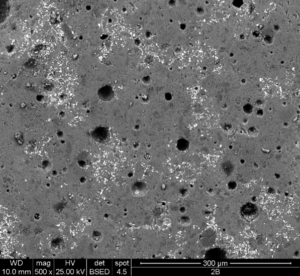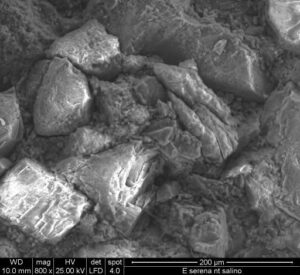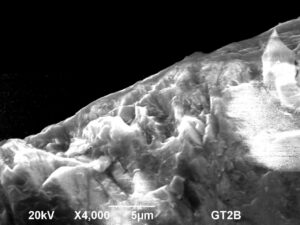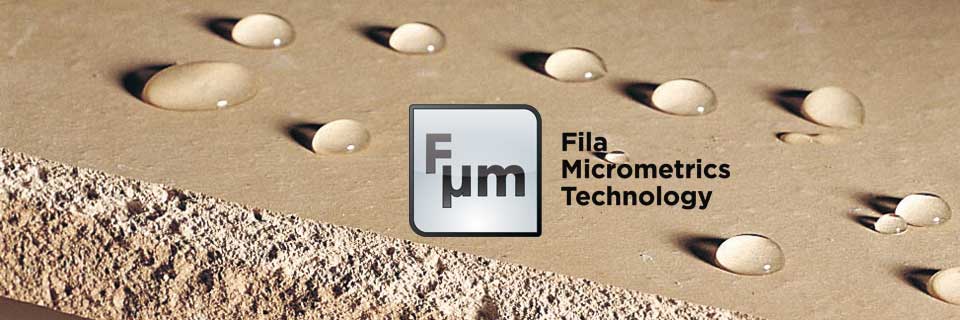For a while now nanotech products for surface care have been breaking news.
 “Nanotechnology” is used generically to indicate manipulation of matter at an atomic or molecula level, where the unit of measurement is the nanometre (nm), corresponding to a billionth of a metre (10-9, an average of 10,000 times smaller than the diameter of a hair). Today nanotechnology is used in a variety of fields relative to different human activities, such as medicine, agriculture, engineering and, in our case, the chemical industry for building.
“Nanotechnology” is used generically to indicate manipulation of matter at an atomic or molecula level, where the unit of measurement is the nanometre (nm), corresponding to a billionth of a metre (10-9, an average of 10,000 times smaller than the diameter of a hair). Today nanotechnology is used in a variety of fields relative to different human activities, such as medicine, agriculture, engineering and, in our case, the chemical industry for building.
But do nanotech surface care products really deliver or are they just the latest fad? For our products at FILA we use “Fila Micrometrics Technology“, which studies and researches mixtures of particles that are micrometric in size (between 10-3 therefore nanometric. An informed choice backed by solid scientific fact. This is why:

1. Low environmental impact and safety for the operator and end user.
Despite all the advantages that the use of nanoparticles has brought to many sectors, these have also triggered off a series of debates into their toxicity and, as a consequence, their impact on the environment. Research shows that nanoparticles, thanks to their small size, can access cells and tissues and therefore enter the blood and the central nervous system. Furthermore, engineered nanoparticles are generally chemically coated and this makes them potentially hazardous, especially for living beings. For the moment, adequate documentation is still not available, neither is scientific research into the effects of these nano-materials on the ecosystem and the public. Whereas micrometric particles are 1000 times bigger and cannot therefore enter the tissues of the human body and as a result, from this point of view they are totally safe both for those applying the product and for those who spend every day in an environment treated with “Fila Micrometrics Technology” products.

2. Verified stable knowledge
Their inherently small size not only makes nanoparticles more mobile, but also chemically more reactive and therefore potentially more unstable and more difficult to manipulate. Whereas thanks to micrometric technology, Fila produces extremely stable formulas that can be constantly checked to control their reliability over time.
3. Chemical-physical duration and resistance
This point is linked in part to the previous one. Microtechnology is in fact based on established knowledge, the result of decades of scientific research. This is therefore a mature technique that and 10-6 m, half a hair’s diameter on average) and not, responds, not only in terms of effectiveness but also in terms of duration and resistance, to the innumerable variables that affect products and materials, helping to cause their deterioration.
4. Proportions consistent with the porosity dimensions of the material.
The greater effectiveness of a treatment carried out with a microtechnological product, compared to a nanotech one, also depends on the fact that the pores of materials such as natural stone, porcelain tiles, terracotta, etc. are the same size as the proportions of the product itself.
